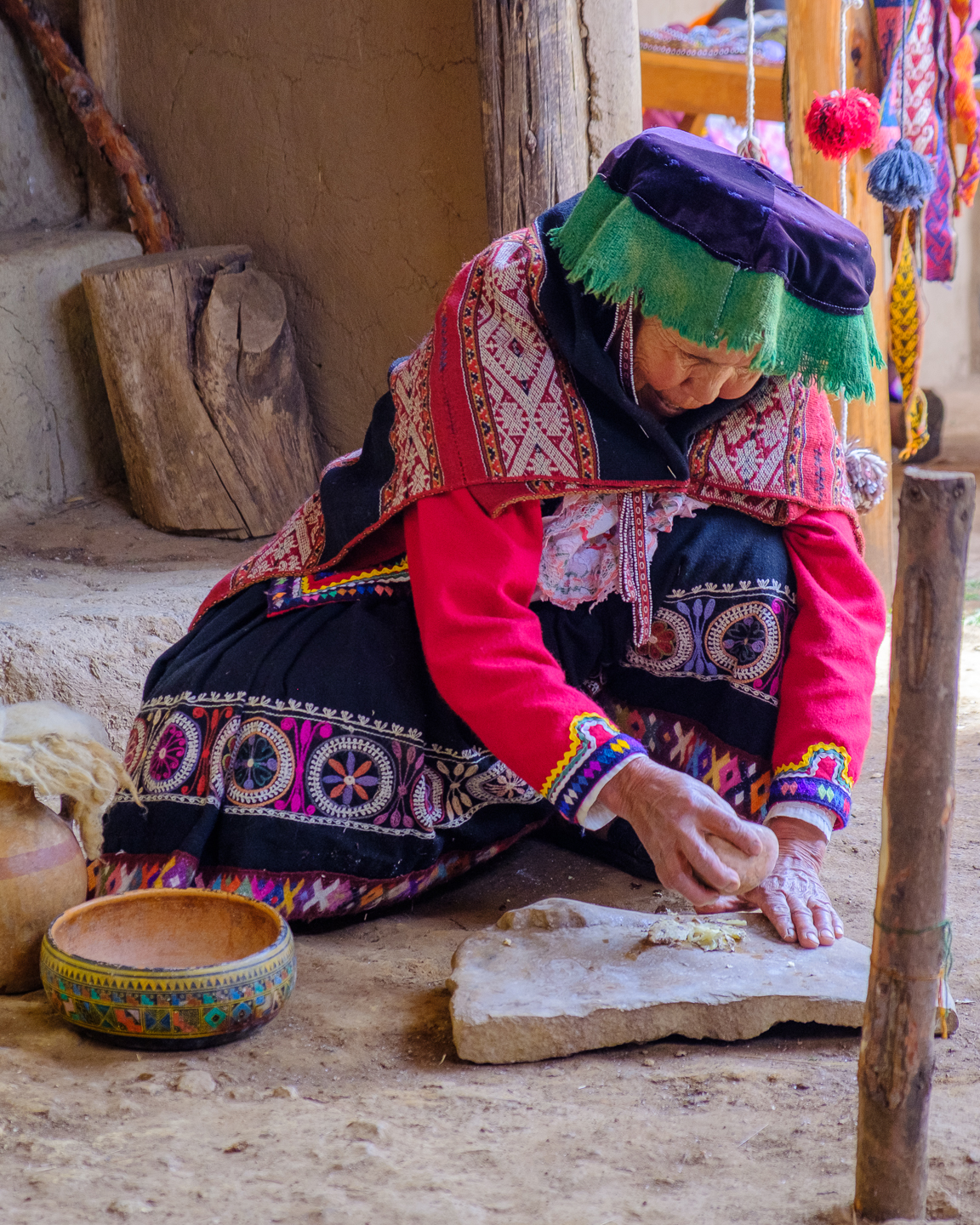From the rainforest, we reversed our transportation – this time, canoe to bus to plane – flying from Puerto Maldonado to Cusco, so we could acclimate to the higher altitudes. Spending time in Cusco, at 11,152 feet, helps hikers handle the higher elevations of the Inca Trail.
After a delicious dinner in Cusco, we hopped onto a bus for a wild ride (lots of fast turns!) to the Cusco Planetarium. Here, we compared the skies of the northern vs. southern hemispheres while learning about how the Incas used astronomy and the cosmos to guide their lives.
The next day, we packed and got on a bus to the Sacred Valley. Our first stop was the ruins of Pisac, our introduction to Inca ruins. Next, we visited the Parque de la Papa, or Potato Park, a rural Andean community working to preserve hundreds of varieties of native potato. After a delicious lunch at the Parwa Community Restaurant, we headed to the Ollantaytambo ruins. Climbing up the ruins was our first “test” – Katy (our CEO) and Leo (our Inca Trail guide) covertly assessed our fitness for the Inca Trail. 🙂
That evening, we stayed at a gorgeous lodge in Urubamba, just outside of Ollantaytambo.
It was time to pack, yet again. In Puerto Maldonado before the rainforest, we separated what we needed from what we stored at the Puerto Maldonado office. For the Inca Trail, we had to decide what we NEEDED for the hike. Porters carry about 55-60 pounds (25 kilograms) on their backs, including our personal items, sleeping bags, sleeping pads, tents, food, etc. We were each allowed no more than six kilos in a small duffel bag, 2.5 kilos for our sleeping bag and pad and 3.5 kilos of our personal items. Everything else, we needed to leave at the office or carry in our daypack!
Mural at our restaurant in Cusco
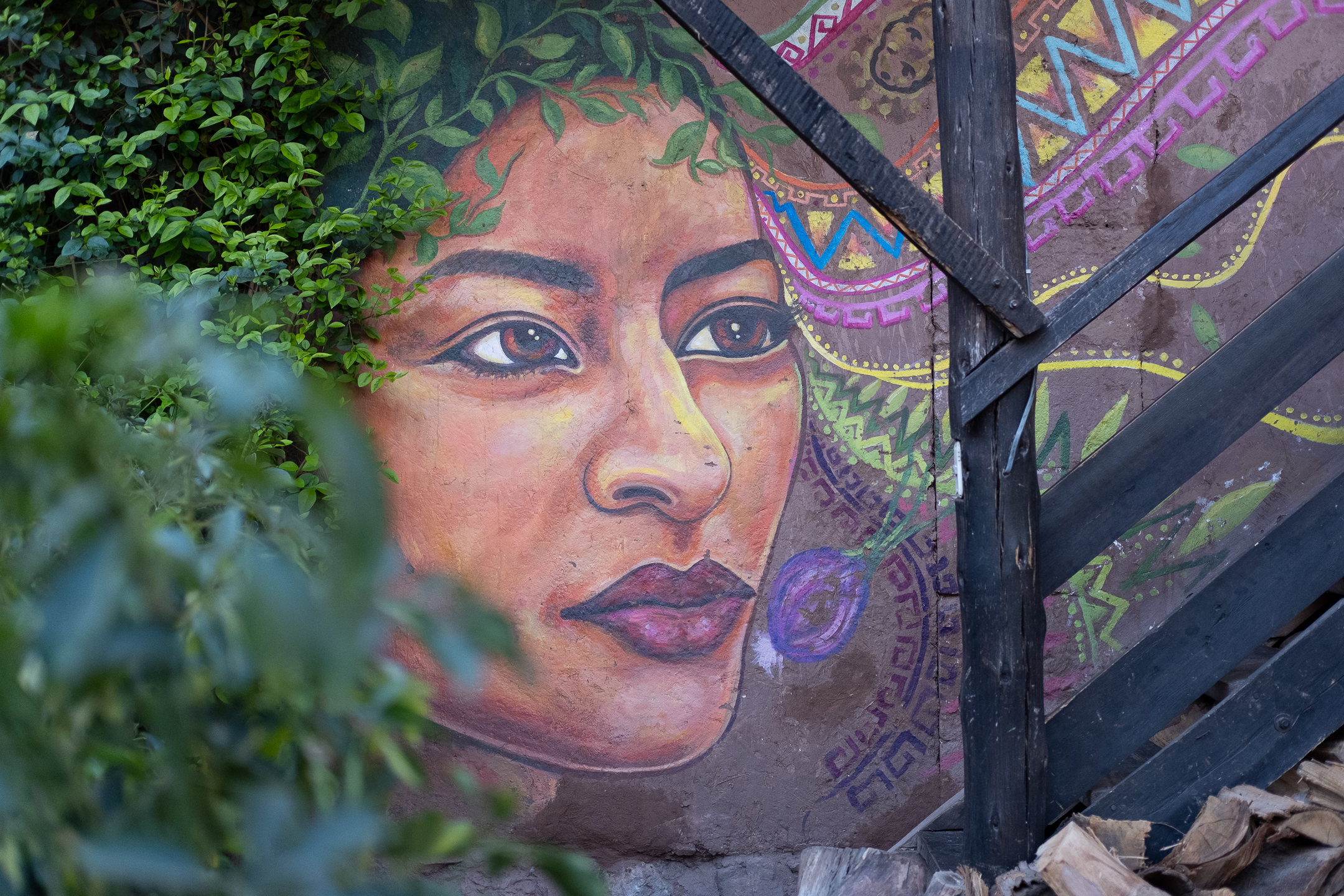
Sacred Valley and introduction to Inca ruins

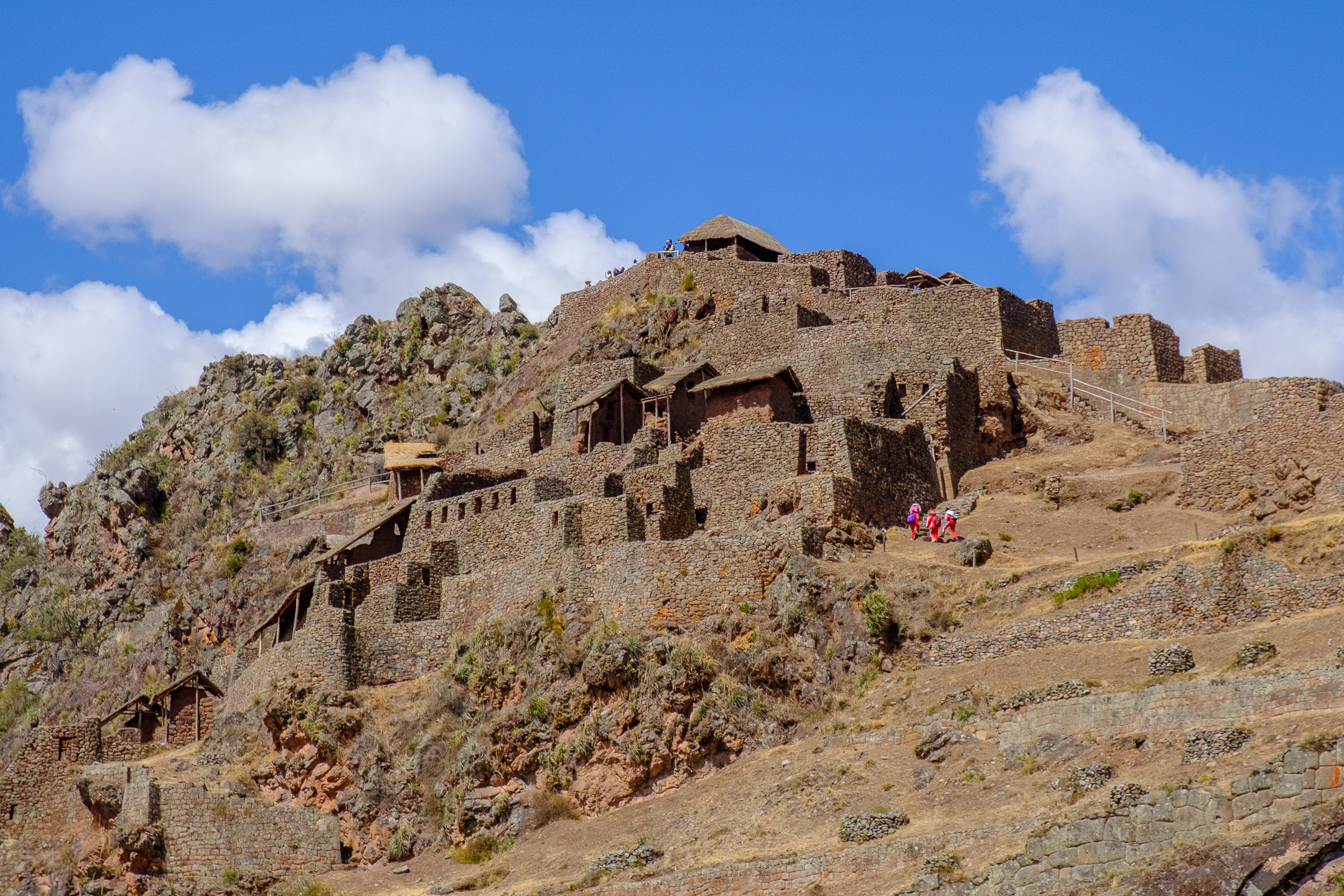
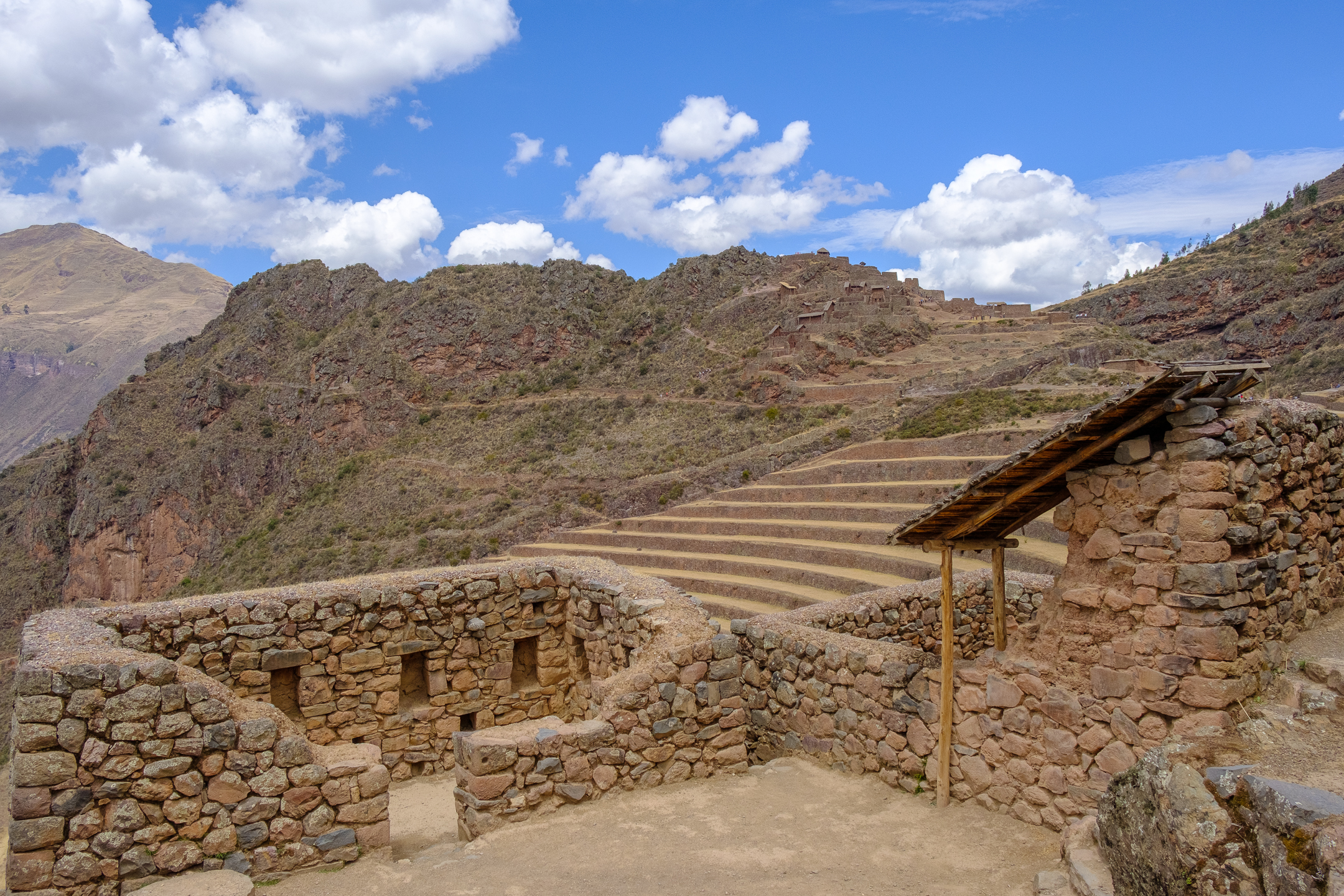
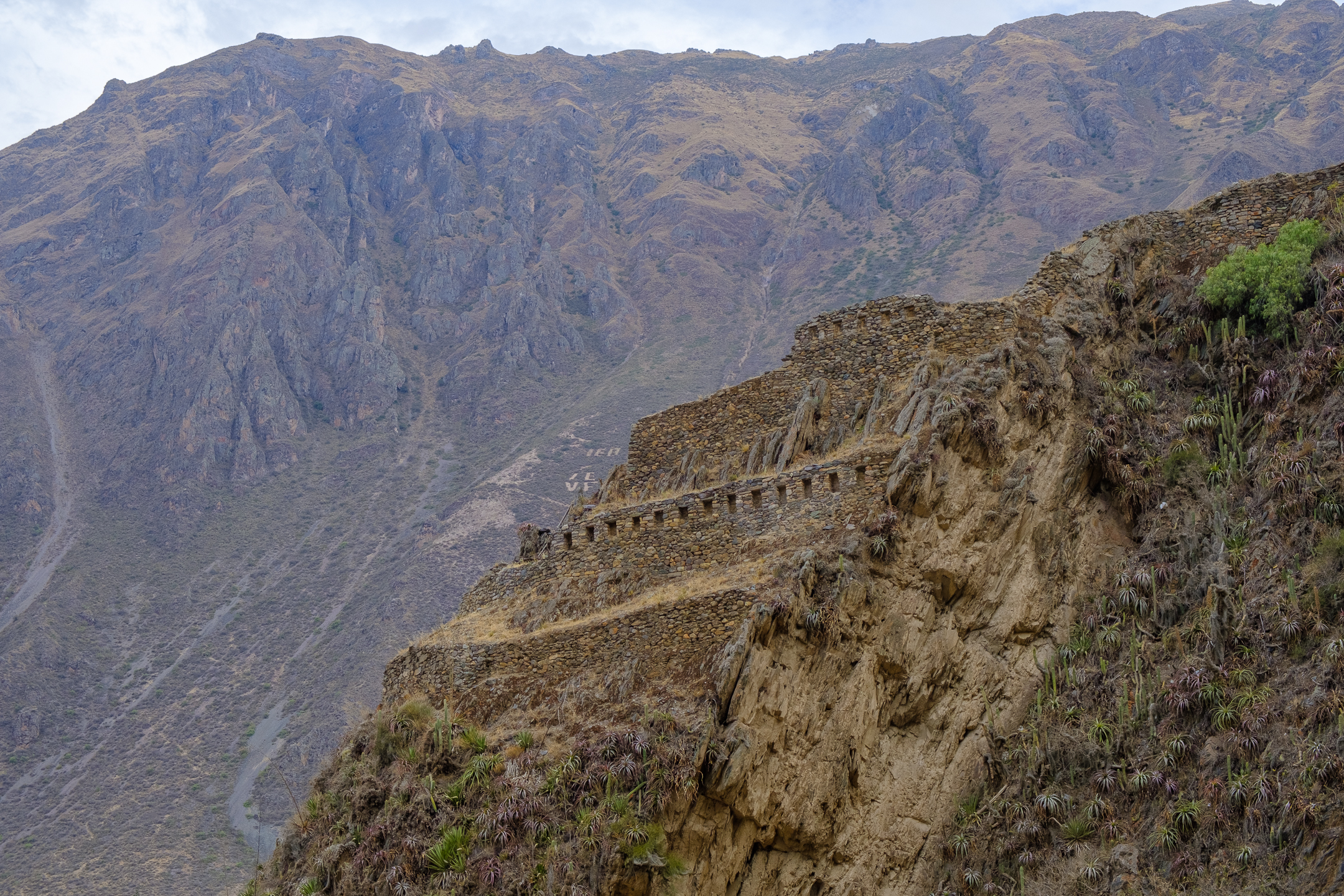
Alpacas – they have short legs and necks and very soft fur
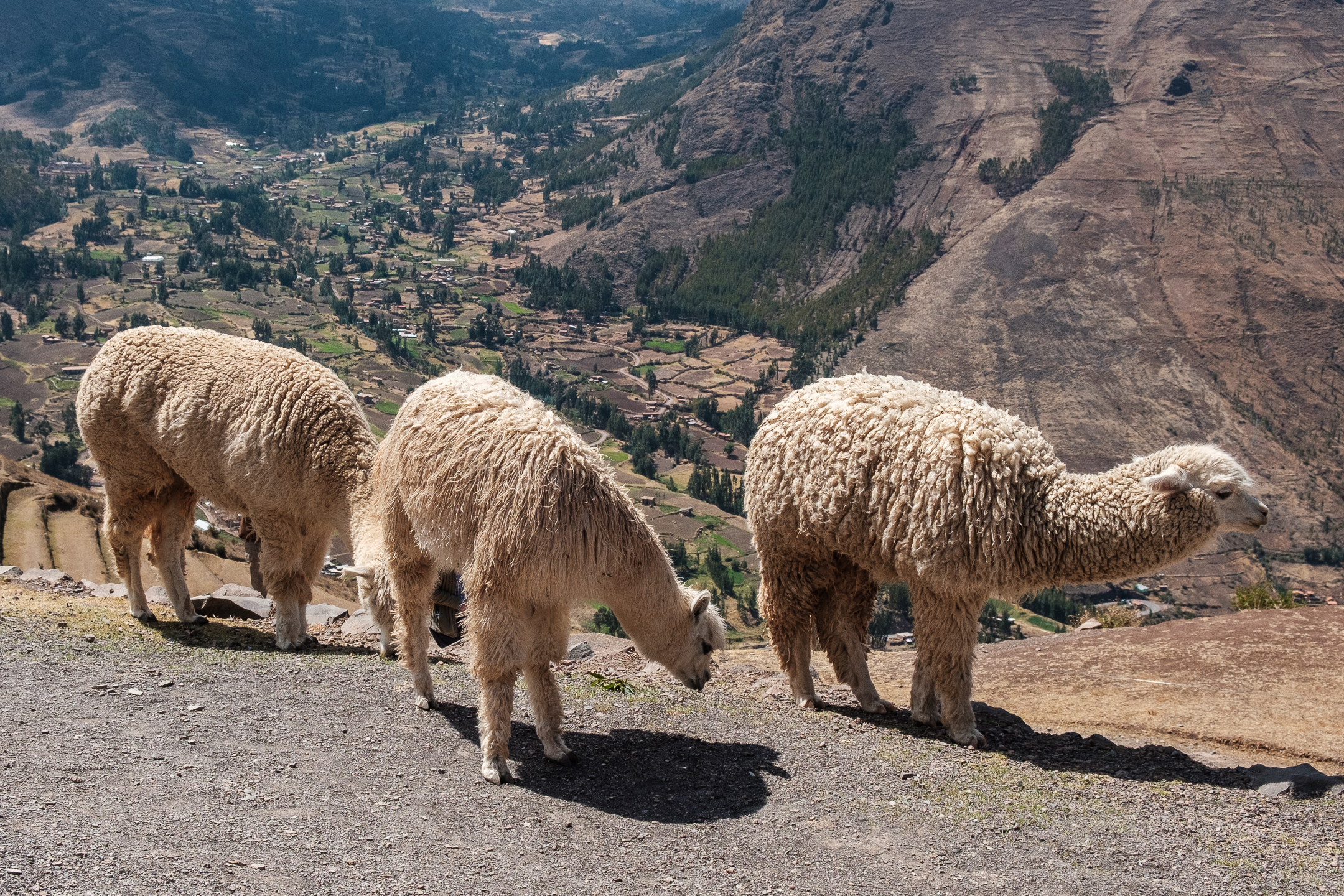
“Is Your Mama a Llama?” – a favorite book I read to my kids!

At the Parque de la Papa, this wonderful young woman talked with us about Quechuan culture and potato cultivation
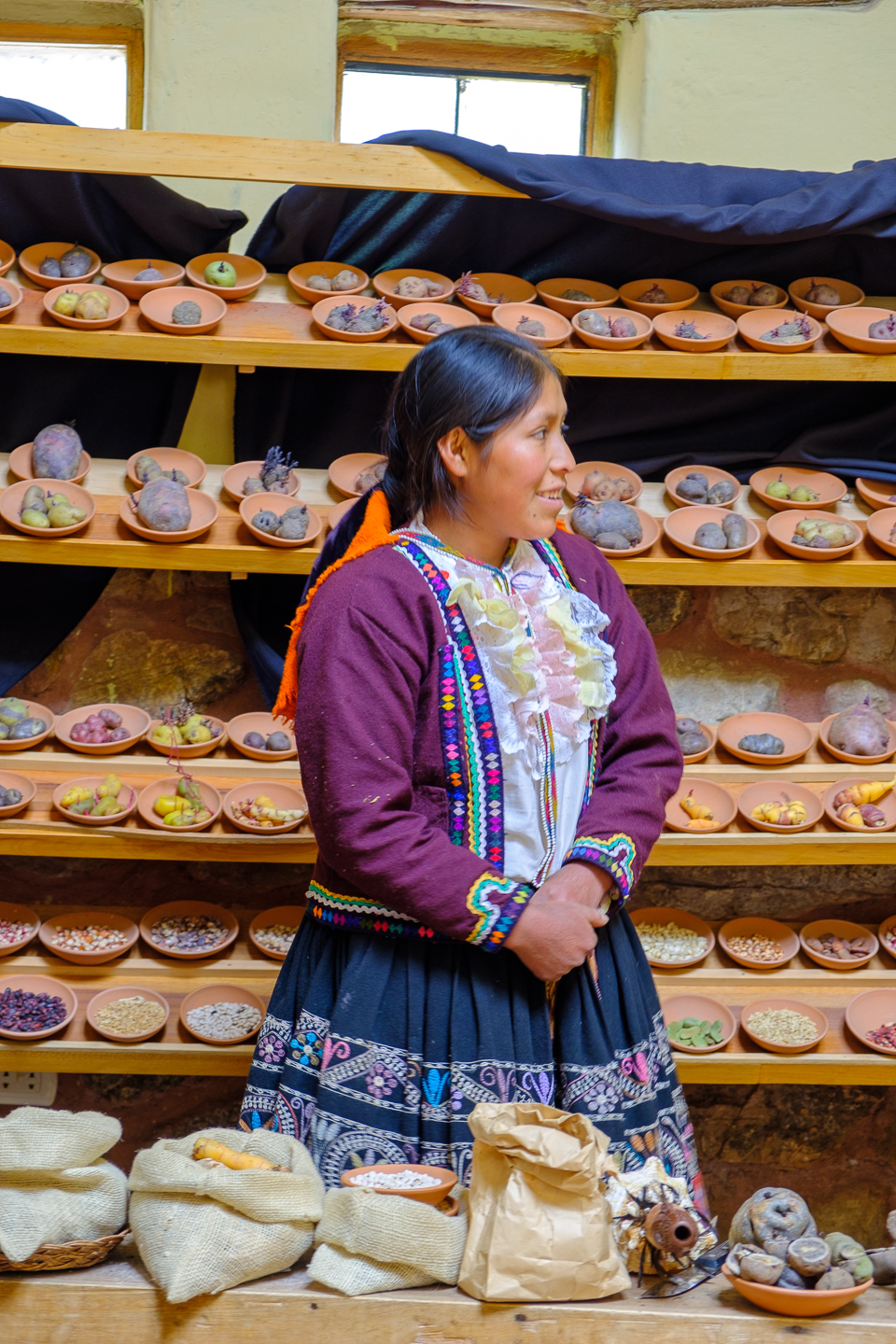
She used this table to share how the Quechuan people use the calendar to prepare, plant, and harvest potatoes

There are over 4,000 varieties of potatoes in Peru!
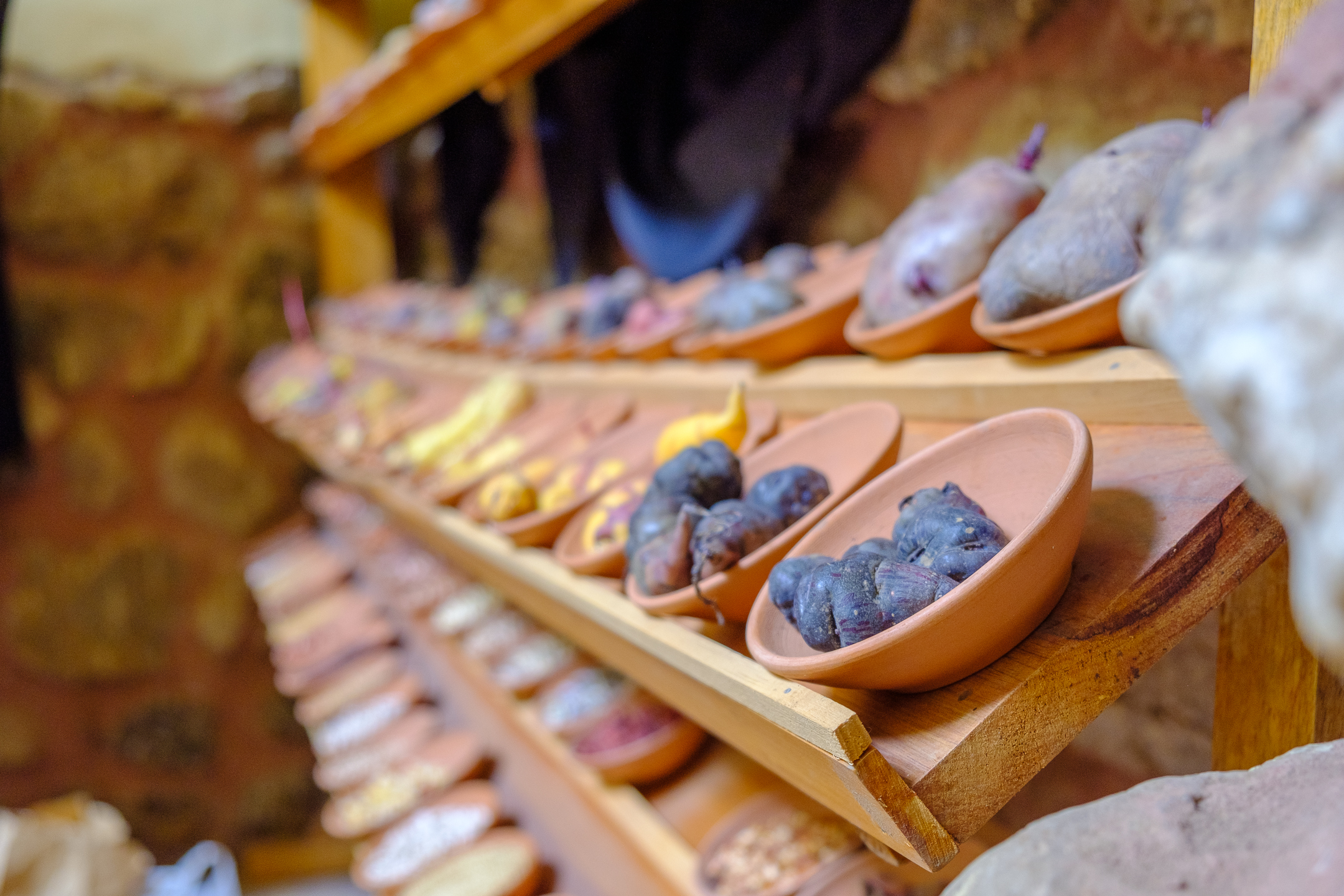
Demonstrating how to make dyes and soap
